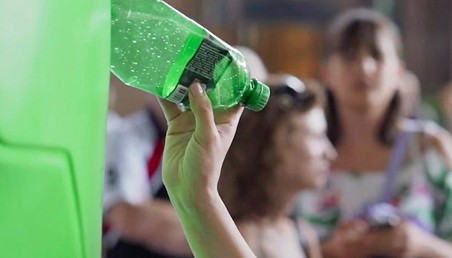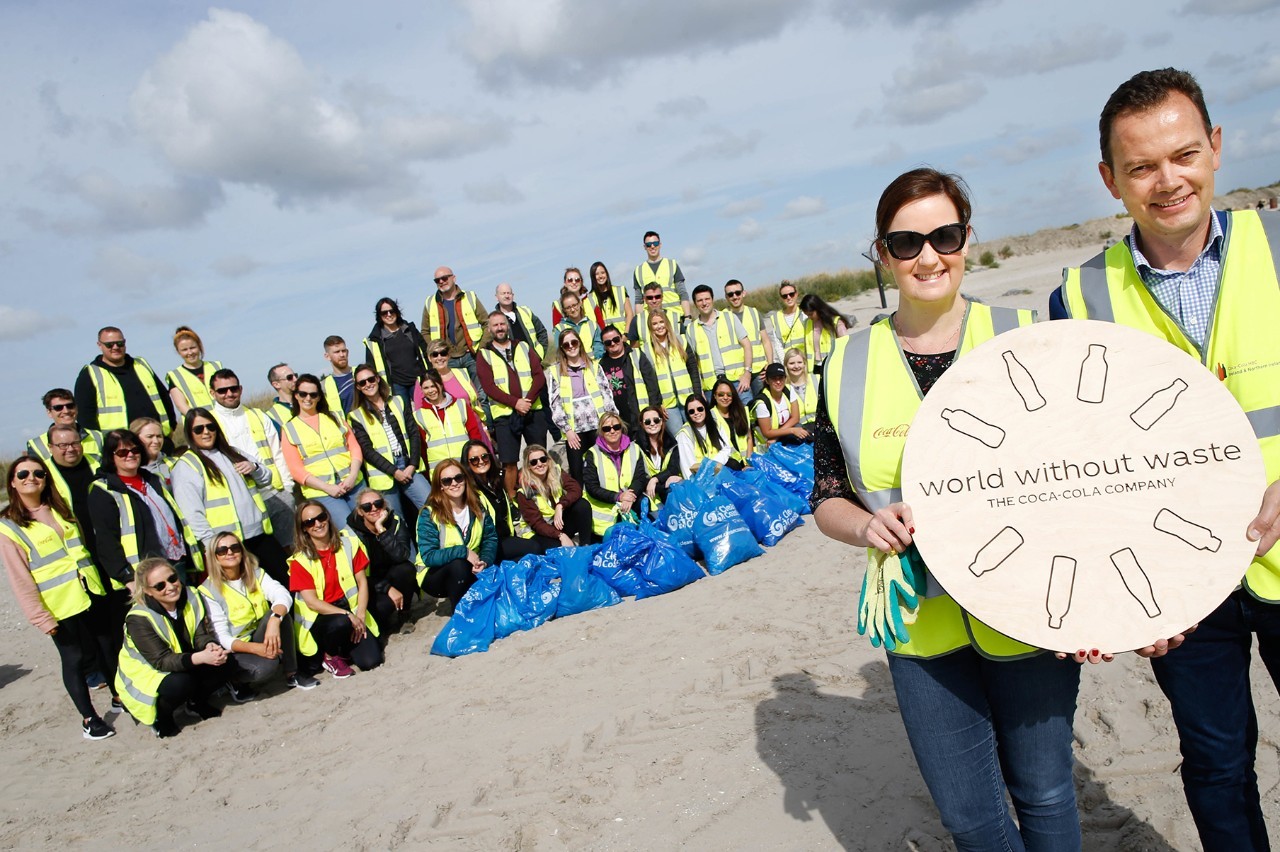100% recyclability
99% of our primary packaging is already recyclable.
We will make 100% of our primary packaging fully recyclable by 2025.
Site Selector
Current Site: Egypt
Site Selector
Current Site: Egypt
We believe every package has value and life beyond its initial use and that it should be collected and recycled into a new package. Together with our suppliers and partners, we are working to design more sustainable packaging and take action to ensure that our packaging does not end up as waste.
We have a set of commitments and action plans that are making good progress, as part of our vision for a World Without Waste.






99% of our primary packaging is already recyclable.
We will make 100% of our primary packaging fully recyclable by 2025.
We will increase the percentage of recycled PET in our bottles to 35% by 2025 and to 50% by 2030. In our EU countries, we plan to reach 50% rPET by 2025.
In 2020, 9% of our PET was from renewable or recycled materials.
We will recover 75% of our primary packaging for recycling by 2025 and 100% by 2030.
44% of the bottles and cans that we placed on the market in 2020 were either refilled or collected for recycling.
of our primary packaging is already recyclable
of our bottles and cans were collected for reuse or recycling
of our PET was from renewable or recycled materials


More than a million plastic bottles are sold throughout the world every minute, and most, 91%, are not recycled. All plastic packaging can and should have more than one life. The beverage industry, including Coca-Cola HBC, has an obligation to take significant action to solve this problem.
Louise Sullivan,
Head of Packaging Recovery, Coca-Cola HBC
| Food loss data | Unit of measure | 2018 | 2019 | 2020 | Target 2020 |
| Total weight of all food loss in dry matter | tonnes | 12,987 | 16,253 | 14,419 | 15,000 |
| Food loss intensity per tonne of product sold | tonnes of food losses per tonne of sold beverages | 0.0021 | 0.0017 | 0.0023 | <0.1 |